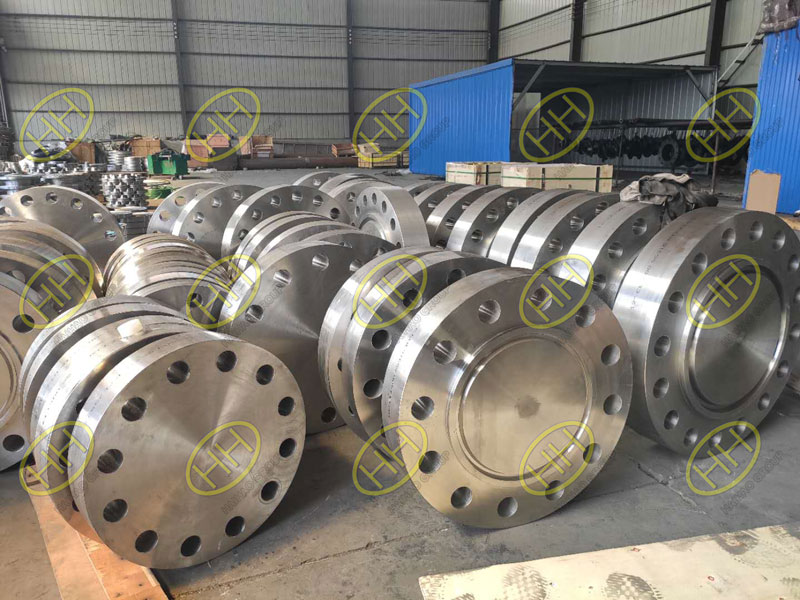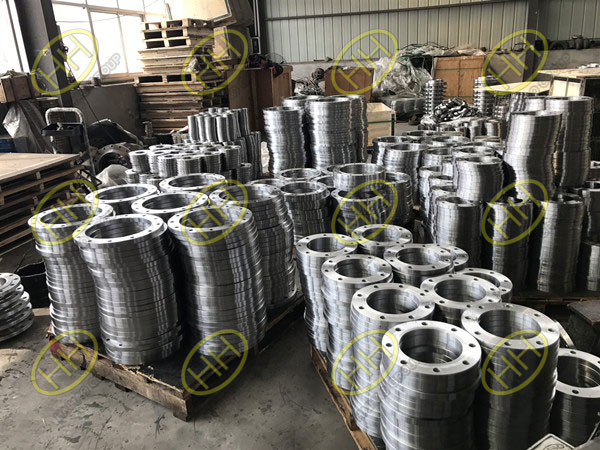The difference between cold forging and hot forging
The cold forging of the flange is a small change in the size of the flange during low temperature casting. Casting below 700 ℃, the scale formation is small, and the surface has no decarburization. Therefore, as long as the deformation energy is within the forming energy range, cold forging is easy to obtain excellent dimensional accuracy and surface finish.Just control the temperature and smooth cooling, warm forging below 700 ℃ can also get excellent accuracy.Generic term for plastic processing such as cold die forging, cold extrusion, cold heading. Cold forging is a forming process below the recrystallization temperature of the material,which is casting below the recovery temperature. In production, it is customary to call the casting without heating the blank as cold forging. Most cold forging materials are aluminum and some alloys, copper and some alloys, low carbon steel, medium carbon steel, and low alloy structural steel with low deformation resistance and good plasticity at room temperature. Cold forgings have good surface quality and high dimensional accuracy, and can replace some cutting processes. Cold forging can strengthen the metal and improve the strength of the flange.
The development of cold forging skills is mainly to develop high value-added products and reduce production costs. At the same time, it is constantly infiltrating or replacing in the fields of cutting, powder metallurgy, casting, hot forging, sheet forming technology, etc. The combination of technologies constitutes a composite technology.
The hot forging of the flange is: during hot forging, because the deformation energy and deformation resistance are very small, it can cast a large flange with a messy shape. To obtain high-precision flanges, hot forging can be used in the temperature range of 900-1000 ℃. In addition, pay attention to improving the working environment of hot forging. Forging die life (hot forging 2-5 thousand, warm forging 1-2 thousand, cold forging 20,000-50,000) is shorter than other temperature range casting, but it has greater freedom and low cost . The purpose of hot forging flanges is mainly to reduce the deformation resistance of metals, thus reducing the forging pressure required for the deformation of bad materials, and greatly reducing the tonnage of forging equipment; After recrystallization, the coarse cast structure becomes a new structure with fine grains, and the defects of the cast structure are reduced, and the mechanical properties of the steel are improved.
Whether it’s hot forging or cold forging or other forging process you need,we can provide the high quality forged parts(forged pipe fittings and flanges) for all types of projects.If you want to know more about forging process or to place an order for you project,please feel free to contact us.Email:sales@haihaogroup.com


